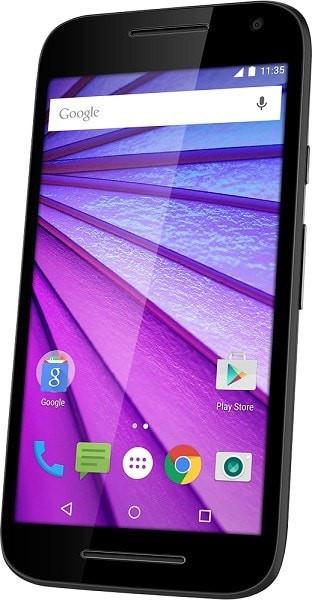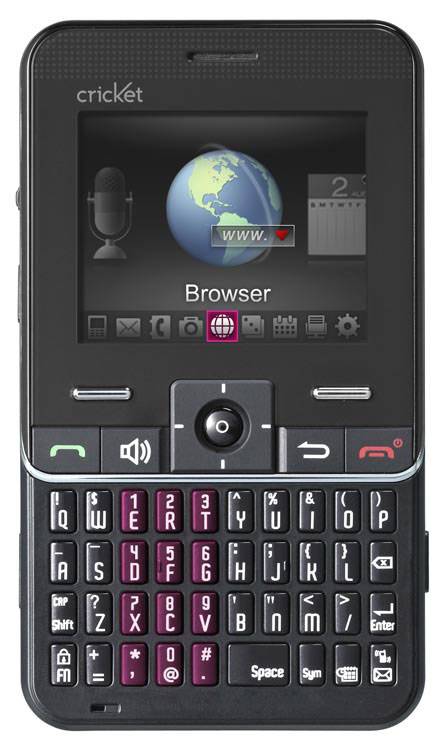Table of Content
If you're still experiencing issues, contact us from a device that has service if you have one, or visit a T-Mobile retail store to report the problem. When you select a carrier from the More Carriers filter, the corresponding major carriers will be selected on the map. Network capacity and architecture can also affect access for users.
If you can't improve your signal with a Cel-Fi GO X and Long Ranger combo, there is zero signal in your area. All these can impede or block incoming cell signals. So the best tips are to get near a window or balcony and be elevated, since the second story of a home more likely gets a better signal than the first floor.
Buy a signal booster
Older phone models may not have the hardware to access faster, stronger networks, so an upgrade is also a possibility. Locate the nearest cell tower using a tower locator map or a downloadable app. You can try moving to the side of the house that’s closest to the tower to see if your signal improves.

If you have a strong signal when you step outside, but a weak signal as soon as you’re indoors, then the building’s materials may be interfering with your coverage. Most of the country is covered, but you should still look at AT&T’s coverage map. For example, if you live in Idaho or Montana, you should really double-check the coverage map and make sure where you live is covered.
Femtocell & Microcell
Today, for the first time, all my calls fail so I googled for help. Thanks Jason – you must be a “good” guy to help strangers. I still don’t know why I can not call out – I can call my cell from the old land line and it rings. Oh well, I’m really from the old generation so I’ll use the land line.

This makes it ideal for situations where you don’t even have a signal bar of coverage you can boost at home. The only “catch” is that your Internet connection must have a high enough download speed. Different carriers require different minimum speeds, but you should be fine as long as you have a solid broadband connection. Cell phone get 5 bars when I go on top of the roof of my home.
How to set up F-Droid, the open-source alternative to the Google Play Store
Price might be more of a decision factor for city-slickers who live in areas where wireless coverage abounds. AT&T, Verizon, Sprint, and T-Mobile are the largest carriers in the United States, so we created a map that compares LTE, 3G, and voice coverage for each of them. We seriously hate dropped calls and poor coverage, so it's our goal in life to stomp out spotty signal and ensure you stay connected whenever you need it. It’ll work best in urban and suburban areas but is not the strongest performer in extremely remote locations. For those extreme cases of poor cellular reception on the road, consider upgrading to the Drive Reach.

You might want to try a external cell repeater to increase your signal in the house. All in all, the microcell does the job if you remain within line of sight 10 ft of it, up your internet connection speeds & be careful of how you use the internet during a phone all. Our contract is up in a few months so as much as we love our blackberrys, we are ditching AT&T. Luckily for us, femtocell technology is available from most carriers and works just as well as an enterprise level cell repeater and for a fraction of the cost. So now my friends, family, co-works can read this article and I don’t have to keep repeating my story over and over again.
Blocking Your Own Antenna
You will notice that most of the complaints above are to home or business users. I even found one to Sony Pictures Studios in Los Angeles so even a huge company can land in hot water. One really interesting find, there are some notices from the FCC stemming from carrier to carrier complaints! So even one carrier installing a repeater that interferes with another carrier’s signal is a real issue and the FCC has to step in to correct it. Lastly, there are devices out there that can either boost or create a cellular signal inside your house.

Once you do, you will have found the best area in your house for cell service. I using signal booster for Cricket, and I have still have problems with texting. I think the article was informative to a point, as long as the repeater is registered with the carrier, it is allowed but the carrier can demand it be turned off if it causes interference.
This can affect your data download speeds, or result in dropped calls. We live in a small community of approximately 200 people and none of us have cell phone access. I am paying on a monthly basis $200 for cell phone, $170 for satellite internet service and $160 a month to have a TV provider.

Verizon covers a few more remote areas that AT&T does not, but the coverage should generally feel the same in the vast majority of the country. You can use an MVNO mobile provider that works on Verizon’s network, but you’ll occasionally run into deprioritization. In other words, your data speeds and coverage could drop in more congested areas because the Verizon network gives priority to Verizon customers. The only pockets of America you need to worry about are more rural areas in the Southwest, Midwest, and Northwest. Assuming you have broadband internet service in your home for this solution, you need to add Wi-Fi to that service.
These often work out a little more expensive, but the convenience might be worth it, especially if you don't use your phone that much. Just know that Verizon is doing what they have promised. It is not their fault that your home is not in the coverage area or blocks the signal from reaching your devices. If there is a tower in the area, just not reaching the home , then a cell booster would be an option to consider.
Within a few seconds of all lights going solid green, all the AT&T phones that were registered to use the device had 5 bars inside the whole 5,500 sq ft. house! A $150 femtocell unit was doing the same thing a $1200 cell phone repeater was doing! All that time and money he spent on installing was a complete waste. He’s been using the AT&T Microcell for about 8 months now and is extremely happy with it. One thing you will not be told about these is that though they are completely legal to purchase, they are illegal to operate. The reason is cell phone carriers pay tons and tons of money to the FCC to license radio frequency spectrums for their use.
Most people will get between 4,000-6,000 sq ft of coverage due to signal interferences and their outside signal strength. If you live in an area with extremely weak signal, this is your best option for decent coverage - you’ll probably be getting 1,500-3,500 square feet from it. When cell coverage is weak the phone increases its output power in an attempt to maintain a connection. To further complicate things, if you periodically lose signal completely the phone sends a "where are you?" page to the network to reconnect.

🙂 And everyone else reading this, please do post if my experience helps you any. I’d also really love to hear from any RF engineers that work for any carriers about their own experiences and recommendations. These “notices” from the FCC go on and one if you do a Google search for “FCC BDA notice”. I’ve found them from just a few weeks ago to even as far back as 10 years ago.

No comments:
Post a Comment